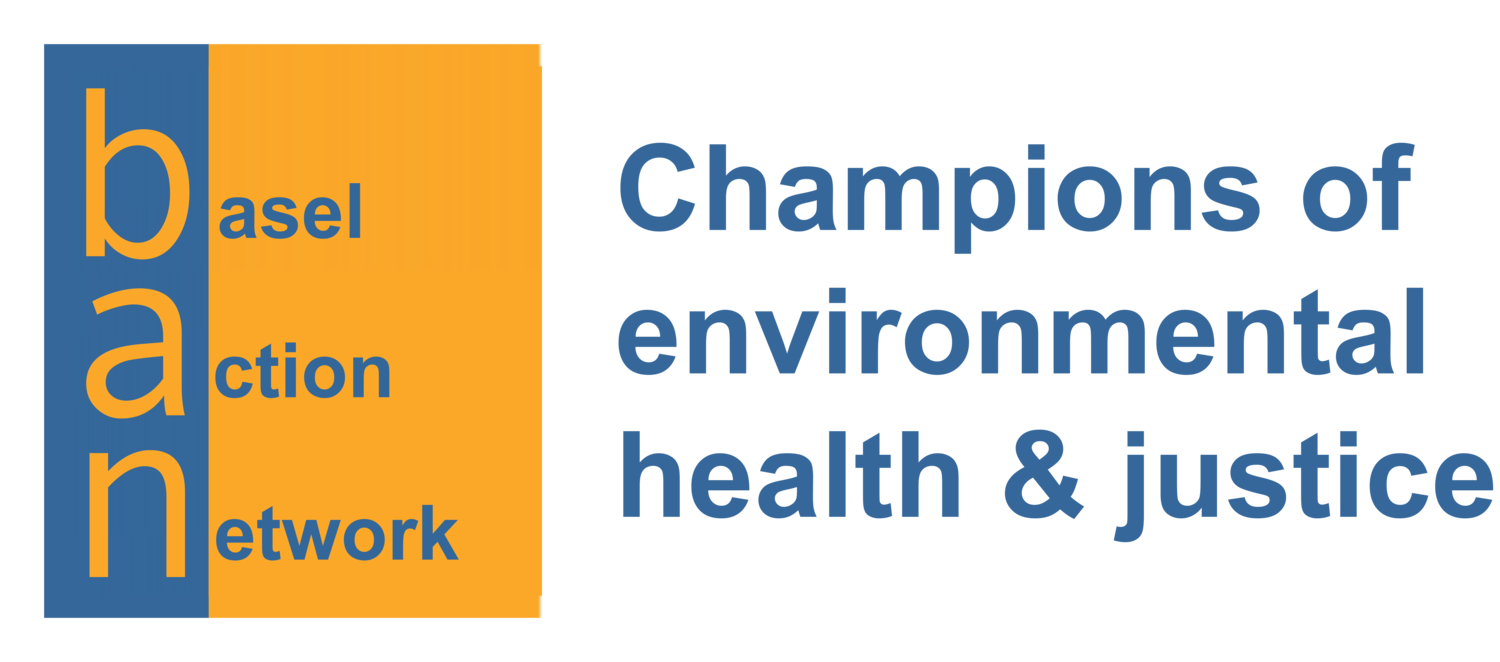Dark clouds over the future of EU trash burning
/By Eline Schaart, Source: Politico
New EU green finance rules could choke off money to build new waste incinerators — upsetting the industry and worrying countries that had been planning on burning garbage to generate energy.
Incineration was dropped from the European Commission’s first list of green investment label criteria, known as the taxonomy, which was adopted Wednesday. That leaves the sector fearful it could miss out on a lot of money, both from private investors and from EU funds that will use the taxonomy as a reference.
There’s also a possibility that incinerators will end up being classified as a “brown” investment in an addition to the taxonomy that isbeing looked into by the Commission this year and would list activities considered harmful to the environment.
“If waste-to-energy is not classified as sustainable but maybe even on the contrary, as environmentally harmful within the framework of a possible ‘brown’ taxonomy, there is a risk that necessary private investments in plants will not be made,” warned Peter Kurth, president of the European Waste Management Association (FEAD).
The taxonomy not only ends green subsidies for trash-burning plants, they have also been cut off from other major EU funding streams such as the Resilience and Recovery Fund, the European Regional Development Fund and the Cohesion Fund. The European Parliament has also urged countries to minimize incineration.
FEAD said Wednesday it was “very disappointed that waste-to-energy has been negatively portrayed in parallel pieces of legislation,” calling on policymakers to reassess the technology as an “activity positively contributing to climate mitigation objectives.”
Individual countries can still fund and commission new incinerators. Those plants still make money from waste-disposal fees and by selling electricity or heat. But incinerators are extremely expensive to build, and countries often depend on EU funds to help pay for them.
East-West split
For traditional waste-to-energy proponents such as Germany, the Netherlands and Scandinavian countries, the shift in Brussels will not make a big difference. They already have enough capacity to treat their unrecycled waste and some are even closing facilities in a bid to meet their climate ambitions.
But it’s a problem for countries, especially those in Central and Southern Europe, that had been counting on EU cash to help build such incineration plants.
Markus Hauck, the chief financial officer at EEW Energy from Waste, an incineration company, said “it’s a huge mistake to exclude waste incineration from the taxonomy,” because it will “block countries from financing possibilities” to build new waste-to-energy plants.
Many of the countries planning on building incinerators say they need to do so to meet new EU waste targets.
In 2035, countries will only be allowed to send 10 percent of their municipal waste to landfills. But many are still far from that target, with Malta landfilling 92 percent of its waste in 2019, followed by 78 percent in Greece and 76 percent in Romania.
Setting such limits actually boosts the appeal of burning garbage, warned Janek Vähk, a coordinator at Zero Waste Europe, a network of advocacy groups. “There’s a lot of pressure on minimizing landfill,” he said. That’s worrying, “because we don’t want to move from landfilling to incineration.”
The Polish government said in its draft recovery and resilience plan it wants to use €300 million to build around eight waste incinerators able to burn up to 6.7 million tons of waste. Bulgaria submitted similar plans, and Spain and Italy may also build new plants.
That potential shift to more incineration is also worrying the European Commission. Mattia Pellegrini, head of the waste unit in the environment department, said during an event last month that the recovery resilience plans are meant to boost recycling, not waste-to-energy.
“It’s a unique opportunity for member states to really use that funding to create the necessary infrastructure to meet the ambitious [recycling] targets,” he said, adding that a shift to incineration would be “starting on the wrong foot.”
The EU has been trying to reduce waste, particularly plastics, by setting tougher targets for recycling. As of July, it’s banning single-use items such as cups, cutlery and straws, and mandating that plastic bottles contain 30 percent recycled content by 2030. The Commission has also adopted a new Circular Economy Action Plan that aims to encourage better product design to make reuse and recycling easier.
Continued incineration, environmentalists say, could threaten those goals.
Once built, incinerators undermine recycling because municipalities are often locked into contracts that make it cheaper to burn rubbish rather than sort and send it to recyclers. Incinerators also pumped out an estimated 95 million tons of carbon dioxide in 2018, about 2 percent of total emissions for the EU and the U.K.
But the industry says that those concerns are outdated, citing stricter emissions standards for modern incinerators. The sector has also been working to develop new technologies to salvage metals from the ash left over after burning, allowing their reuse.
“Of course we are in favor of recycling, but zero waste doesn’t exist,” said Hauck, from EEW Energy from Waste. “We will always have leftover waste that cannot be recycled, especially hazardous waste such as all the COVID-19 medical waste we are incinerating at the moment.”
